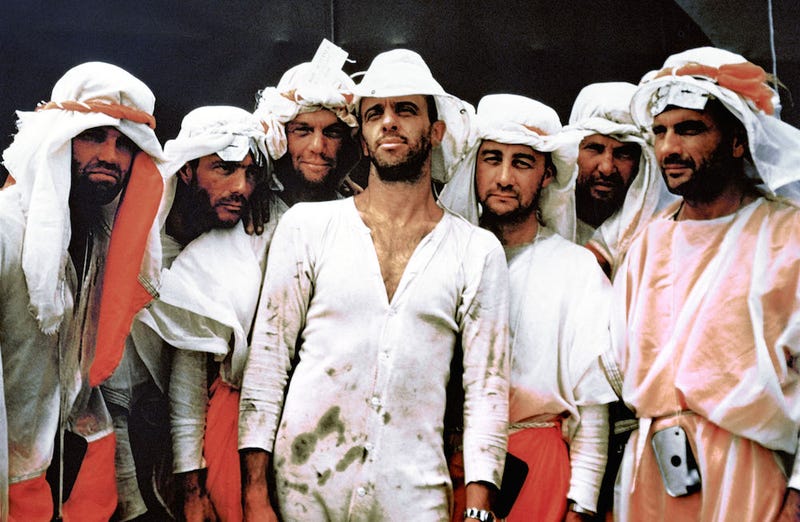Yes, astronauts have always had the ability to de-orbit. They were trained to do it without any help from the ground.
And for long stretches of time, the spacecraft were out of range of radio communications. Because there were only so many ground stations, with range of only a few hundred miles horizon-to-horizon, and due to Earth's rotation even an ideal set-up of stations good for orbit #1 were almost useless for most other orbits. Even true for Apollo missions until after a TLI Burn to go to the moon (once far enough away towards the moon, then 3-4 ground stations around the globe could hand off to provide constant communications). Wasn't until the TDRS relay satellites of the early to mid 1980's that this LEO communications problem was solved (when they got the 3rd one up so there were three 120 degrees apart in synchronous orbit).
Back to de-orbit and re-entry. Ground control is most useful for providing info for planning out and making accurate landings in a specific place. Such as near a recovery vessel on standby. If the retro rockets were fired 10 seconds too late but everything else was good (proper attitude alignment), that meant they would miss by 50 miles (traveling 5 miles a second). An astronaut without any communications could at least set up for the proper pitch angle (say traveling backwards and nose down at 30 degrees to the horizon) and fire the retrorockets to begin re-entry. The astronaut would usually know roughly where he was relative to the globe, and have at least SOME idea of the general part of the globe where the spacecraft would land. And by some idea I mean more like over the US, over the Pacific, over Russia or China, over Africa, etc. So he could time the burn accordingly to at least not end up in Russia or China. Unless there was a time-critical emergency, land now or die soon (life support failure, or power loss with only minutes of backup battery left, not hours), in which case they'd de-orbit right away.
IIRC, by international treaty, such emergency spacecraft landings in another country would NOT be considered an invasion of airspace or spying. The astronaut would be returned, and probably be given quite a warm welcome (Especially Russia who would no doubt have made propaganda hay out of "saving the poor lost American astronaut") . Their spacecraft.... well...... probably eventually but not till after a long "inspection".
This article is not about a loss of communications scenario but does give some info on Mercury astronaut training in case they landed far off course for whatever reasons.
"Before Going To Space, Astronauts Had to Survive the Desert"
https://gizmodo.com/the-mercury-seven-survival-school-1571899242





